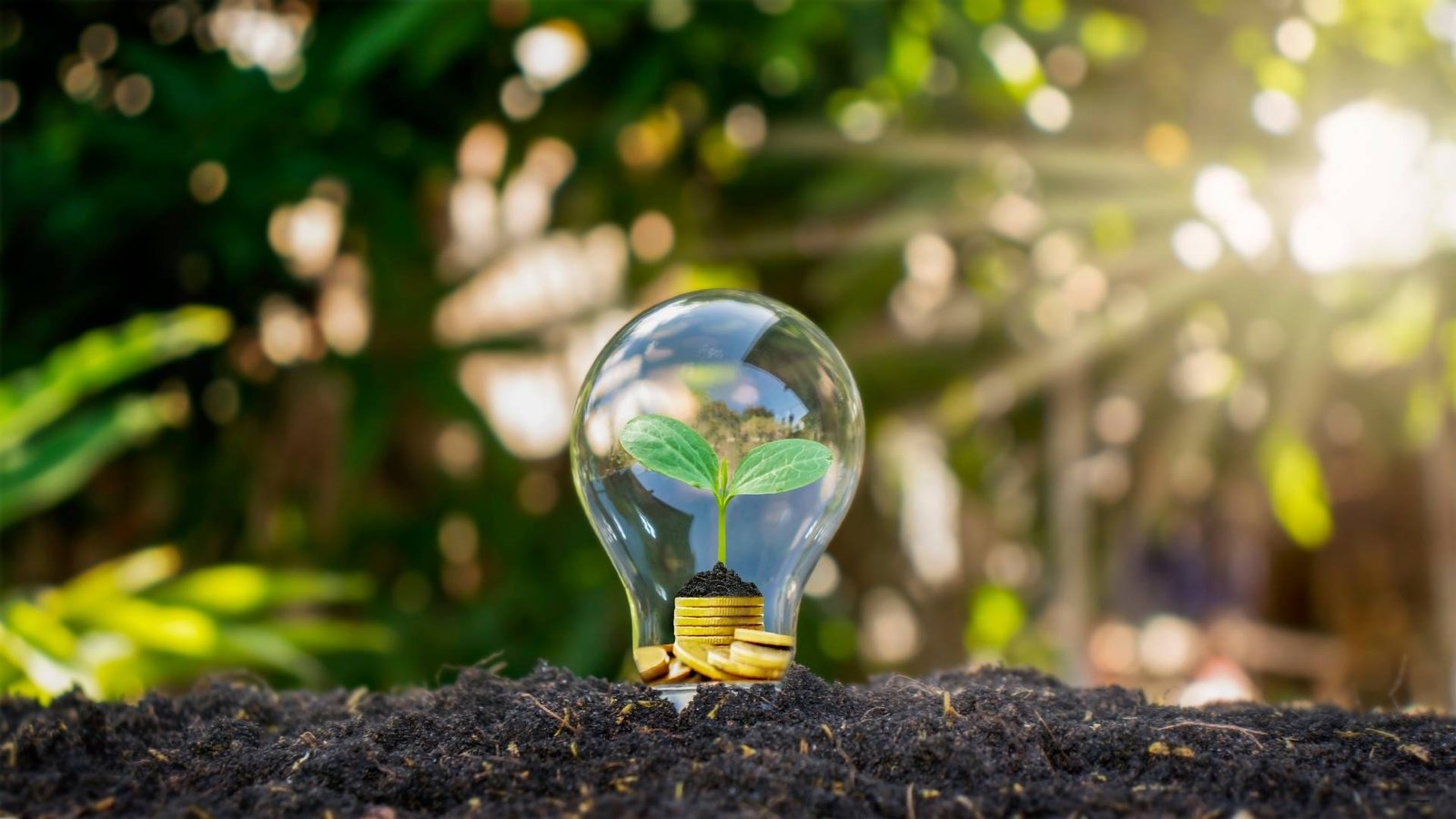Green construction for Valencia new builds
Green construction transforms the industry by integrating sustainable practices that minimise environmental impact and improve energy efficiency. From the use of recycled materials to the design of buildings that optimise resource consumption, these innovations seek to reduce the ecological footprint without compromising quality.
What is green construction?
Green construction, green construction or sustainable construction is that which takes advantage of the natural resources in the surroundings and whose construction phases or processes seek to generate the least possible ecological impact.
It focuses on the use of sustainable materials, energy efficiency, waste reduction and the integration of renewable energy sources. Its main objective is to create infrastructures that are respectful of the environment and, at the same time, healthy for its occupants.
Some examples of common green building practices in Valencia include:
- Using sustainable materials such as recycled glass or steel, as well as renewable resources such as bamboo and rubber. There are many alternatives to concrete that would be interesting to consider, such as wood or clay, among many others.
- Incorporating energy-efficient windows and doors.
- Efficient space. This is another key to sustainable construction. To achieve this, one of the most commonly used techniques is to build with an efficient floor system which facilitates access to energy. An efficient design not only allows for a reduction in the impact on the environment, but also leads to considerable economic savings (sustainable homes can achieve energy savings of up to 80%, with a corresponding reduction in the monthly bill).
- Good insulation. Having adequate insulation can lead to savings of up to 70% on the energy bill. Good insulation ensures optimal comfort conditions, maintaining an ideal constant temperature inside the home.
- Location: whenever it is possible, aiming for a south-facing will help with energy bills.
- Opting for paints and stains with low volatile organic compound (VOC) content.
- Implementing green roofs, or “eco-roofs,” which provide multiple benefits such as local gardens, rainwater management, and protection from the damaging effects of ultraviolet light.
- Using water collection and treatment systems to optimise the use of rainfall.
- Installing carports with solar panels that provide shade and charging stations for electric vehicles.
- Making the most of natural light to reduce electricity consumption and help heat spaces during cold months. A design based on natural light will avoid electricity consumption.
- Using renewable energy sources, such as solar panels or energy storage systems, to meet the energy needs of businesses. The most widely used energy in homes is photovoltaic due to its easy installation and use. Other options are the installation of domestic wind turbines or geothermal energy capture systems.








